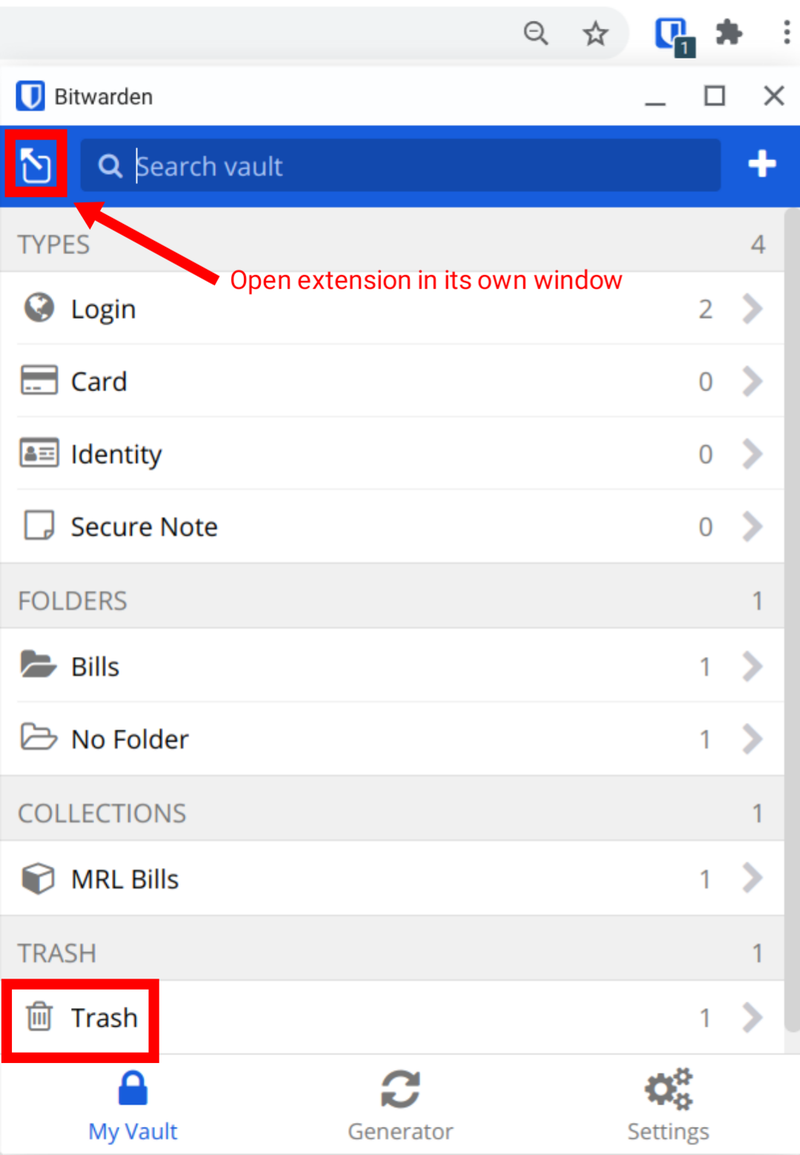
The readme.md found in that repo should be enough to get going if you’re not new to projects like this, whereas the text below has a bit more detail if you need it. The end product is a Github repo (link below). In this guide I talk about best practices in avoiding this kind of traffic to keep this as free as possible. *The only way this might not be free is if you exceed the 1GB egress or have any egress to China or Australia. Following these instructions, you should have a product that provides you a self-hosted Bitwarden password manager with all the benefits of running it in the cloud. This write-up is a product of my quest to self-host Bitwarden on a free-tier cloud product. Step 3: Start Services with docker-compose.Configure Automatic Rebooting After Updates (optional).Configure Country-wide Blocking (optional).This extension can store an unlimited amount of client-side data.Guide: Self-host Bitwarden on Google Cloud for Free*.This extension can access your tabs and browsing activity.This extension will add a panel to the sidebar.


When you reuse the same passwords across apps and websites hackers can easily access your email, bank, and other important accounts. Security breaches occur and your passwords are stolen. The websites and apps that you use are under attack every day. Bitwarden is the easiest and safest way to store all of your logins and passwords while conveniently keeping them synced between all of your devices.


 0 kommentar(er)
0 kommentar(er)
